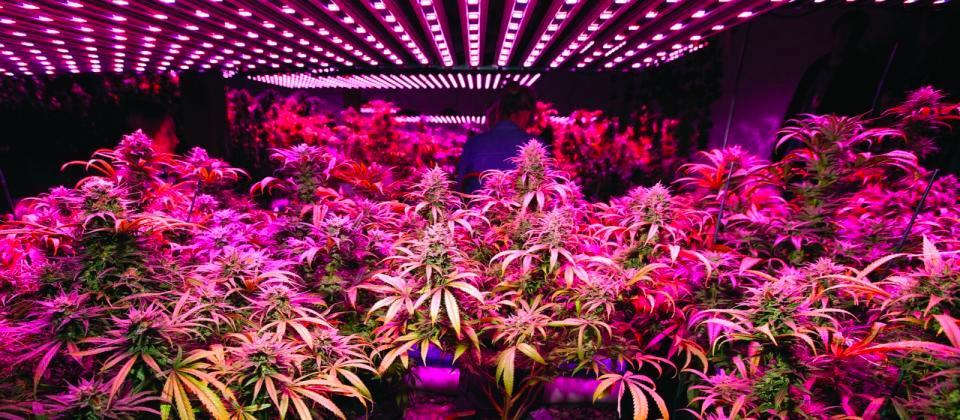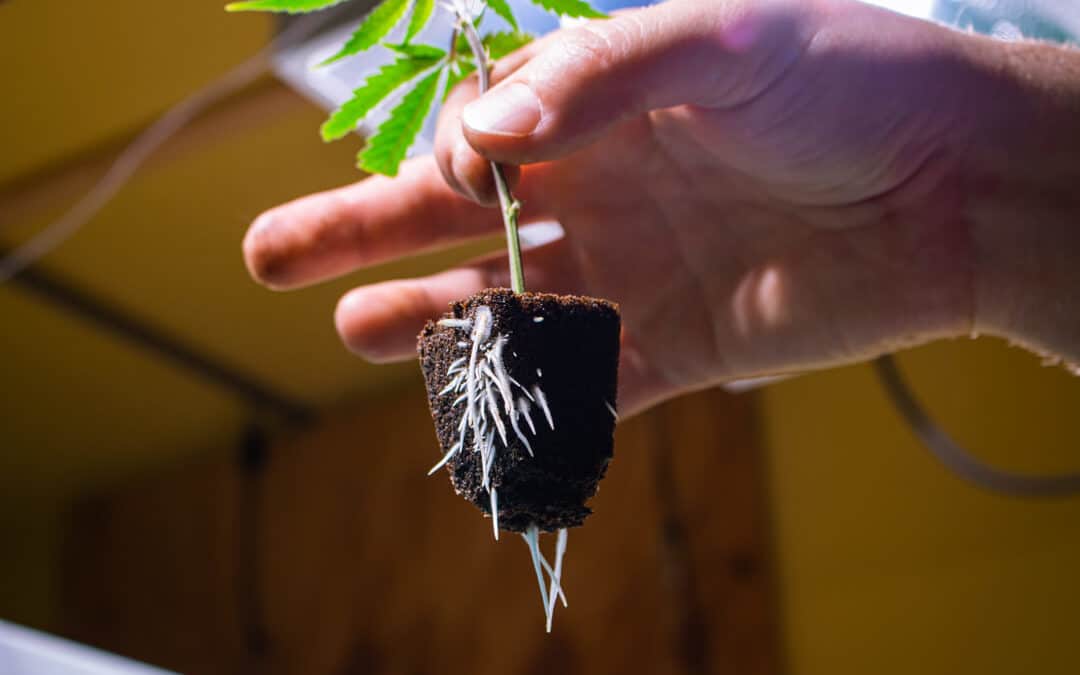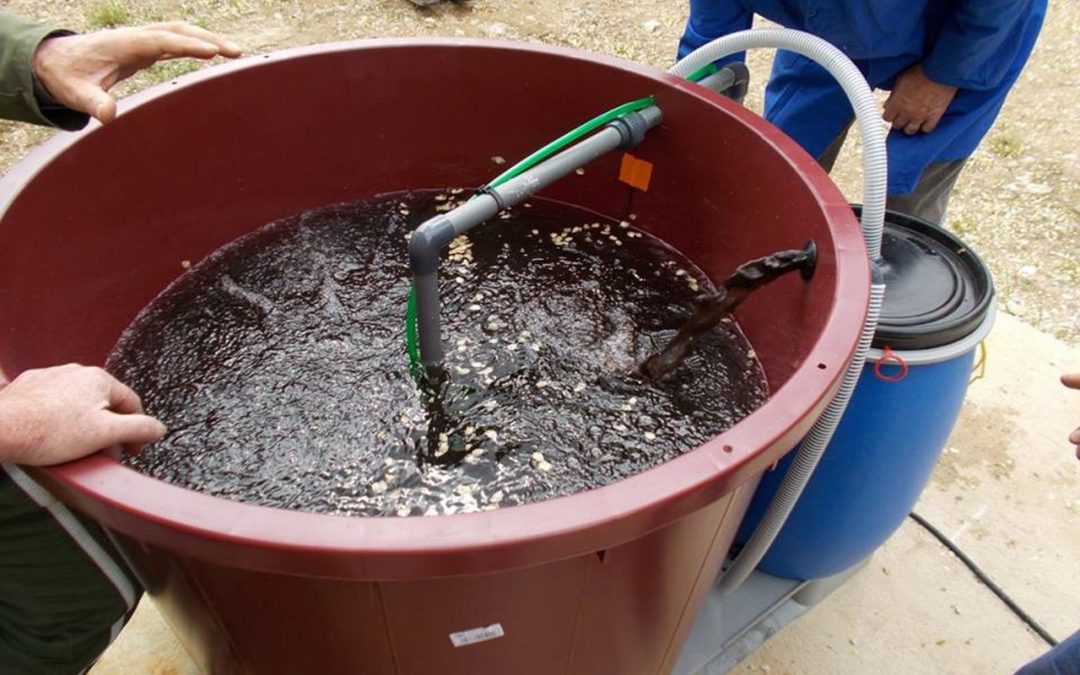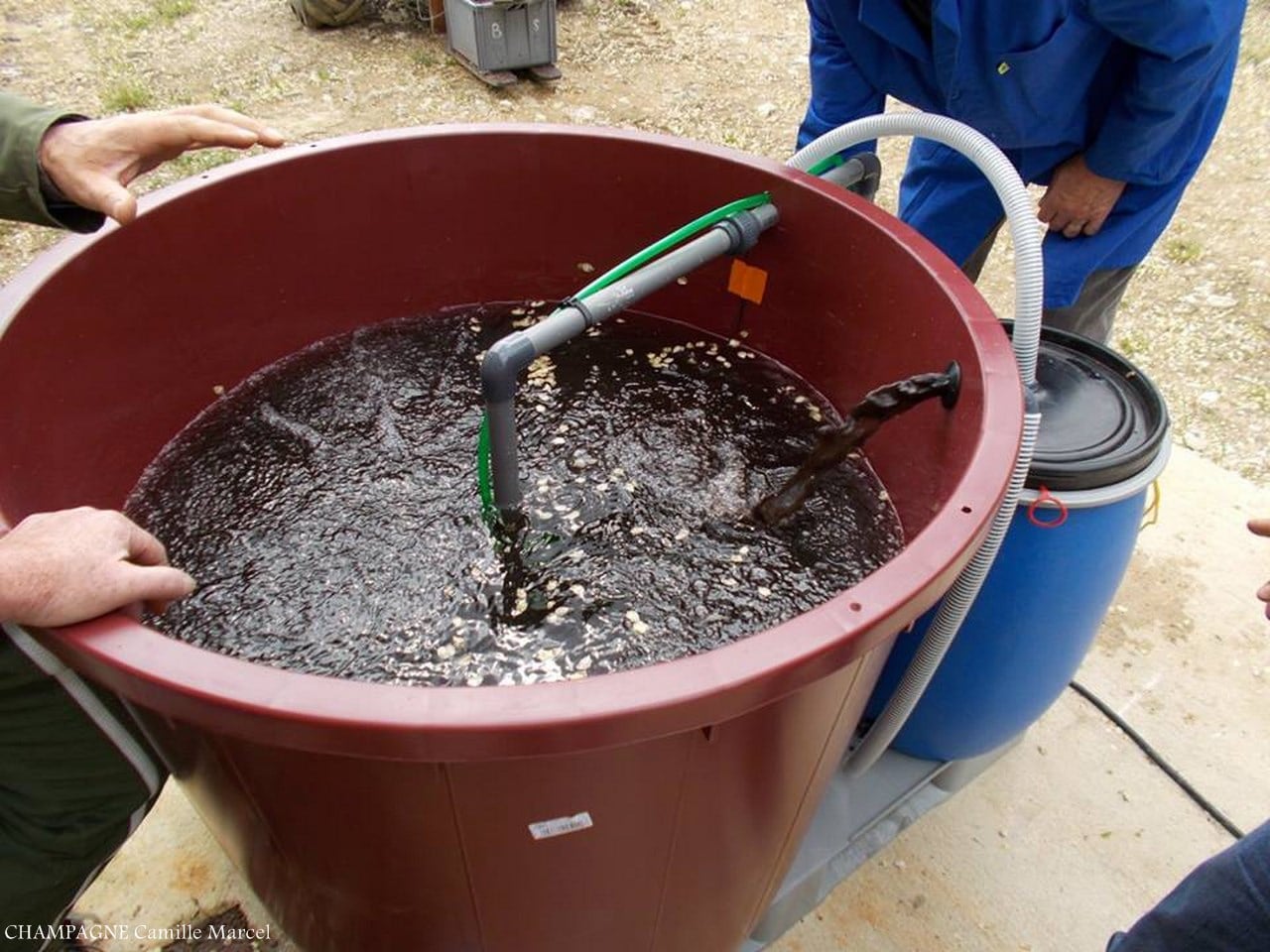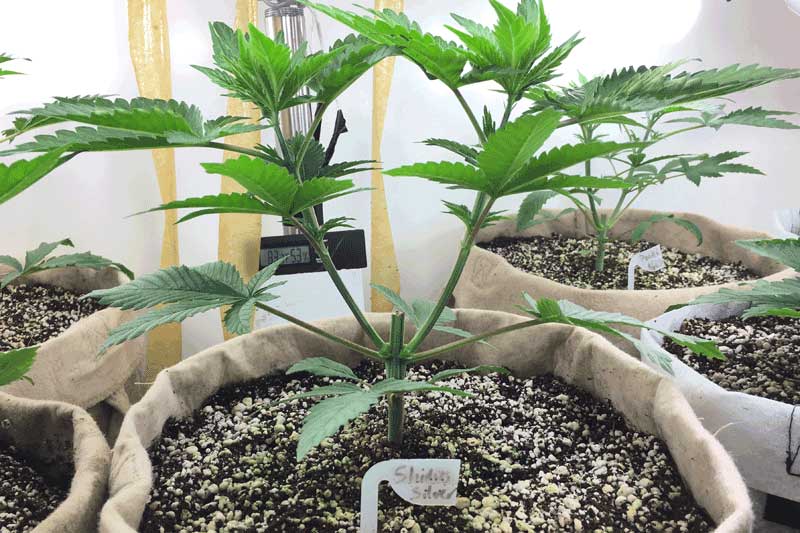
What is Topping? How to Top Cannabis

High quality yields are the goal of every grower. Topping your plants can be an easy way to increase your plant’s development for great results.
The process of topping is just about as simple as the name implies; cutting off the top of your plant. Sounds crazy right?
It makes sense when you think about though. Certain plants have a growth pattern that makes them grow taller, with a focus on a central flower.
While other smaller flowers may develop underneath the main flower, they won’t be as vigorous or strong due to the energy focusing on the top of the plant.
While this isn’t the case with all varieties of flowering plants, when you’re growing a plant with tall vegetative growth and a centralized growth pattern, you can benefit from topping.
What is Cannabis Topping?
Topping your plants might sound as simple as chopping off the top portion of your plant, it is a little more in depth than that. If left to grow on its own, a cannabis plant will grow vertically, focusing its energy on one main stalk.
The result is one long dominant cola with smaller stalks surrounding it. These smaller stalks will produce small, larfy buds that won’t be that good and the overall size and yield of the plant will be small.
Topping makes a cannabis plant bushier—by cutting off the main stalk, the plant will redirect its energies to the smaller side branches, which will grow out. If you let a cannabis plant grow naturally, it will usually grow one main stem, but if you top the plant when it’s young, you can cause it to grow multiple colas in basically the same amount of time!
During the vegetative stage of your plants’ growth cycle, cutting off a specific portion of the top of your plant can focus more growth hormones to the lower half to a more lush and even canopy.
After being cut, your plant will use more energy to regrow its central flower, and a portion of that is distributed throughout the rest of the plant.
How to Top Cannabis
For your first time topping cannabis, a good rule of thumb is to cut the plant above the 5th node of your plant, between the 6th and 7th node ideally. Doing so will give you enough branches on the bottom for your plants to bush out properly.
If you top lower than the 6th, you are going to be cutting away a significant portion of the upper growth on a plant.
If you want to continue toppings on the same plant, be sure to cut each branch above the second or third node to allow the plant to grow out properly. These toppings are more subjective, and will depend on how much you want the plant to bush out and how big you want the final plant to be.
When you top the plants, you are completely removing the upper growth. No new growth will develop from the growth tip that has been cut. This allows the lower lateral growth to assume the dominance.
Since there are two growth tips at each node, you effectively double the number of dominant growth tips every time that you top the plant.
Why You Should Top Your Cannabis
The benefits of topping are self-evident. If you compare a plant that is topped to one that is left to grow normally, the topped cannabis will always have bigger yields, more colas, and more flowering nodes than the plant left alone.
Topping cannabis helps focus more energy where your plant needs it most, and topping allows more light to hit portions of your plant that may have been blocked by their tops originally. As a form of Low Stress Training (LST), topping cannabis is one way to take more control over your plant’s production without seriously risking the plant’s health.
Unless you do it completely wrong, topping is an effective training method to produce bigger yields. Who doesn’t want that?

